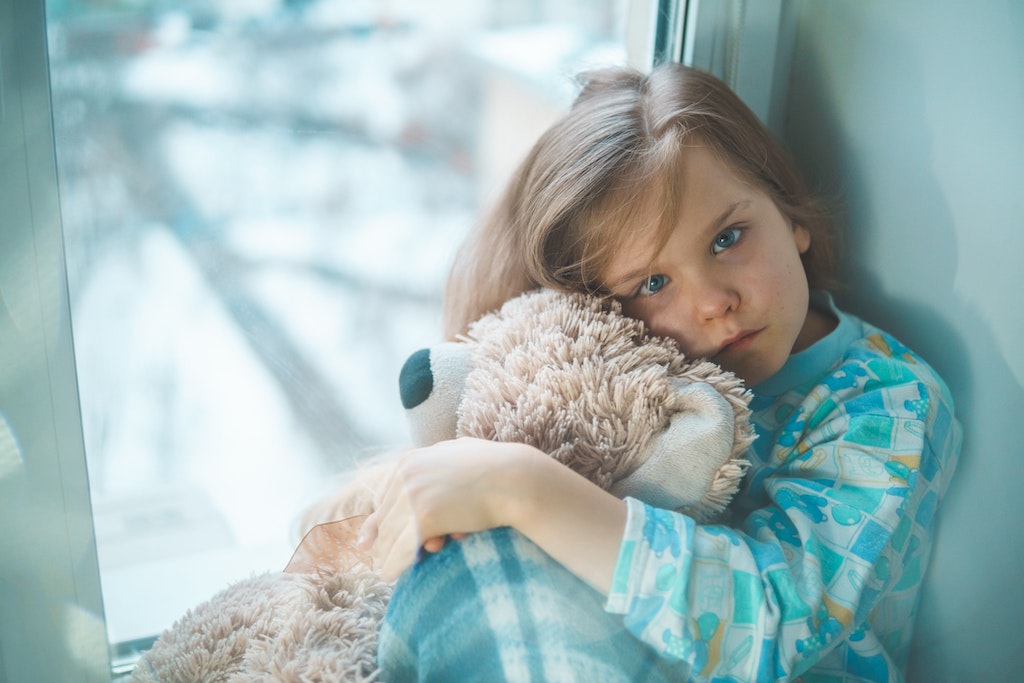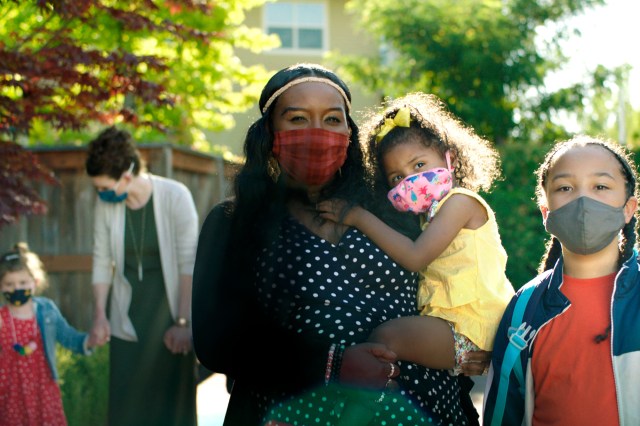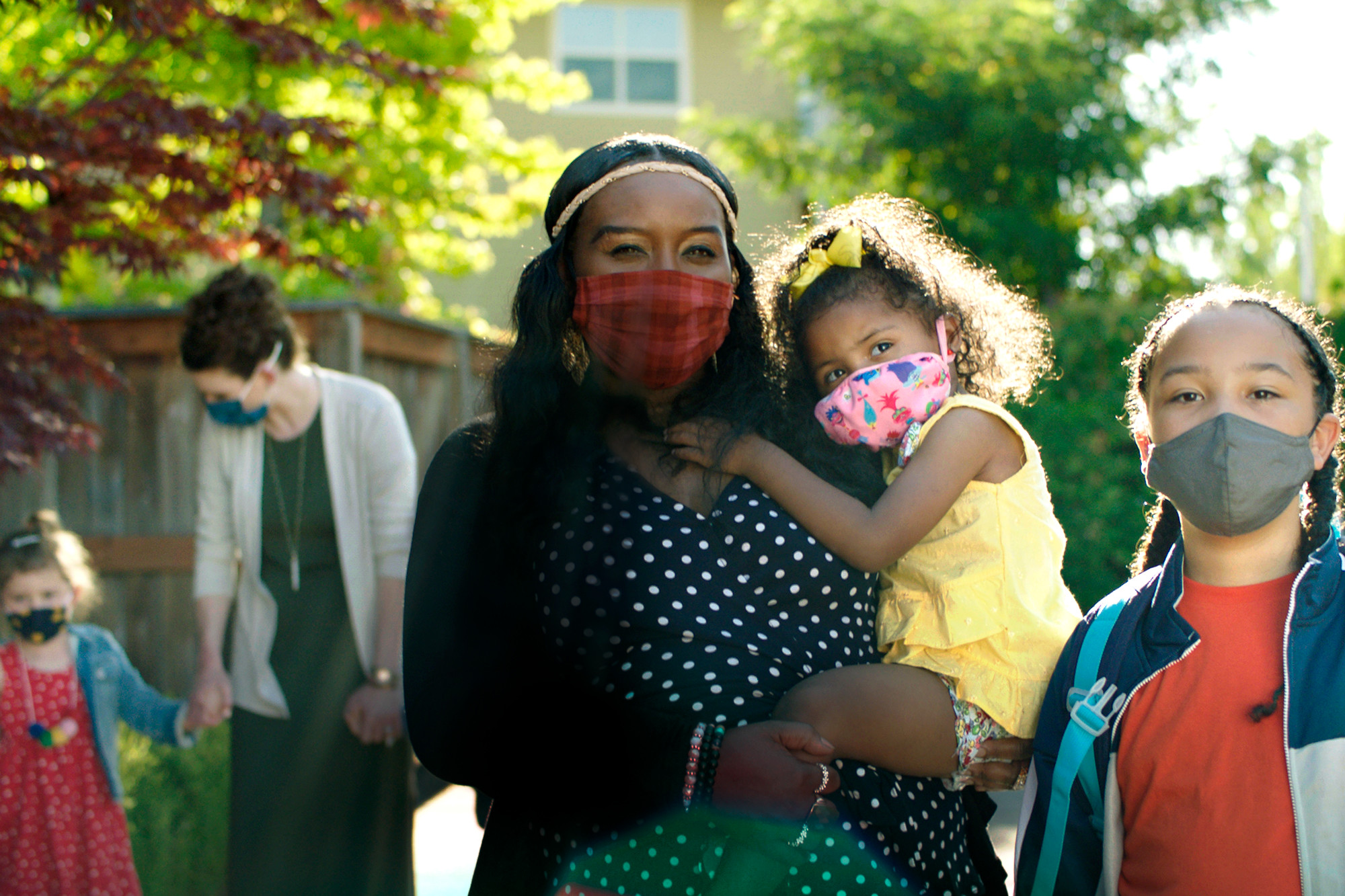
Every child worries. And whether it be about their first day of school or trying out a new sport, every worry matters. It’s important that you, as a parent, let them know that you’re listening, let them know you understand, and help them understand as well. Keep in mind that kids learn how to recognize and express their worry by observing and mimicking others’ behavior or relying on you to teach them! Here’s some tips on explaining worry and anxiety to your little one.
First, start by validating that what they feel is real.
When your child is worried, they might feel like something is wrong with them, or like no one understands them. In fact, they might not even realize that what they’re feeling is worry! It’s important to let your child know that what they’re feeling is okay, and that they’re not alone in these feelings.
More often than not, kids feel worry in a physical way, like a stomachache. But they likely won’t recognize that as being connected to their emotions. It can be helpful to use your own example to explain the connection, “I remember when it was my first day at a new school and my stomach wouldn’t stop hurting…turns out I was feeling worried”.
Validating your kid’s feelings—physical, emotional, and the connection between them—is an important step toward helping them understand anxiety and why they feel it.
Now that they can identify what they’re feeling as worry, what do we do?
Once your child has practice recognizing worry when they feel it, you may even come up with a plan on how to handle that worry; be it deep breaths, focusing on the present, or saying their worries aloud.
1. Take Deep Breaths
Deep breaths are a simple, yet effective, way to cope with worry. It can aid in relaxing both the mind and body. If your kid is a visual learner, try the box breathing technique. Tell your child to focus on any four-sided object in the room. When they find their target, you’ll want them to inhale for 4 counts as they trace the first side with their eyes or hands, hold their breath for 4 counts as they trace the second side, exhale for 4 counts as they do the same on the third side, and hold for 4 counts as they trace the last side. The counts can be faster or slower depending on your child, and they can go around the four-sided object as many times as they need to feel calm. If they’re not visual learners, have them do the same technique minus the object.
2. Focus on the Present
Say your child has a math test coming up and they’re really starting to worry. Help them learn to focus on the present moment by having them try the 5, 4, 3, 2, 1 trick…What are 5 things they can see? How about 4 things they can feel? 3 things they can hear? 2 things they can smell? 1 thing they can taste? Pulling away from worries of the future and focusing on the present can help ease their mind.
3. Talk Back to Your Worries
Sometimes it’s helpful to talk. Even to yourself. Have your little one say their worries out loud. But to make it even better, have them add in the fact that they can handle their worry, that they won’t let it get the best of them. Saying their worries out loud and talking back to them can ease the anxiety-symptoms, and even give them a little boost of confidence!
4. Exercise Patience
Anxiety, albeit complicated, is totally normal. And so is a child not being able to connect those physical symptoms they have with what they’re thinking or feeling. Be patient when teaching them about that connection, be patient when they’re still confused and scared, and be patient when you help them come up with their plans.
Worry and anxiety can be tough for anyone to understand, regardless of age. That being said, let your child know that their feelings are valid, important, and heard. Having that support can make all the difference in the world for them.
To learn more about explaining anxiety to your child, check out Maro Parents.
RELATED:
How to Handle the Stress & Anxiety of Heading Back to School
Managing Anxiety & Stress in Our Kids

































